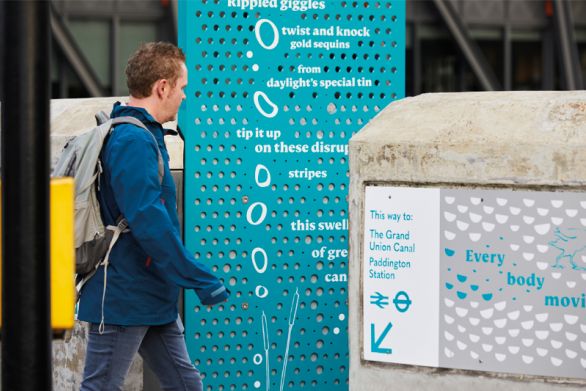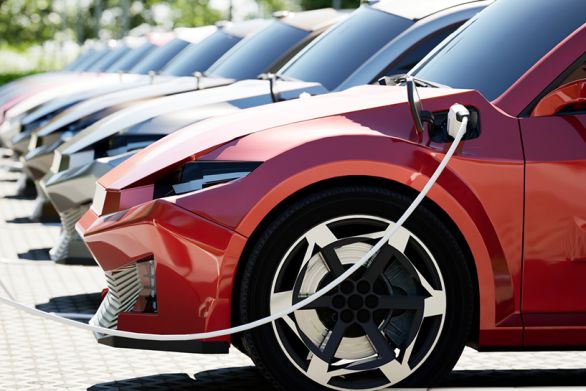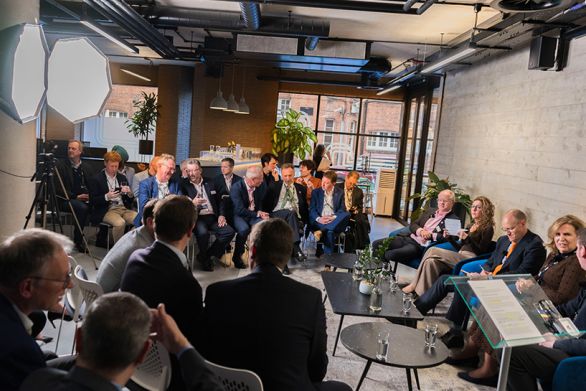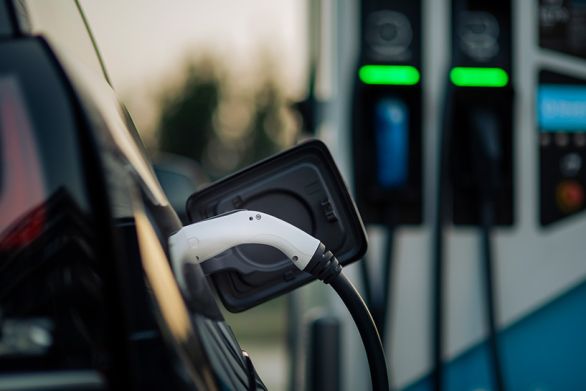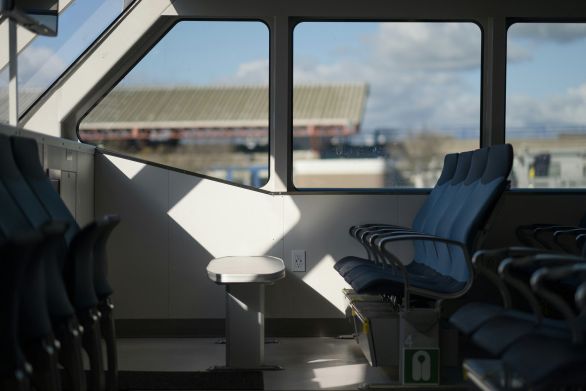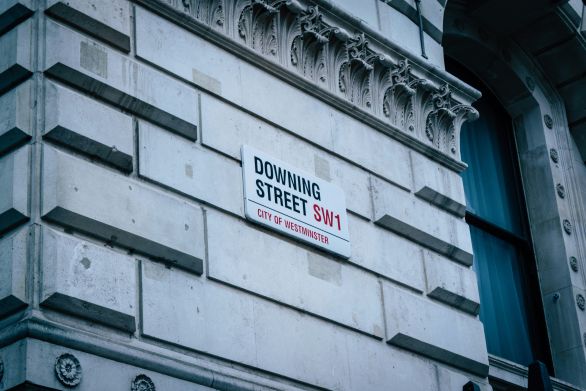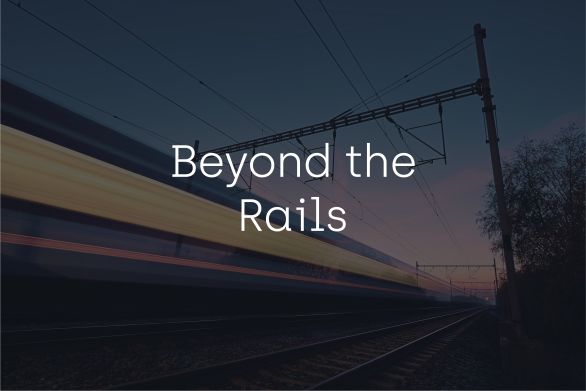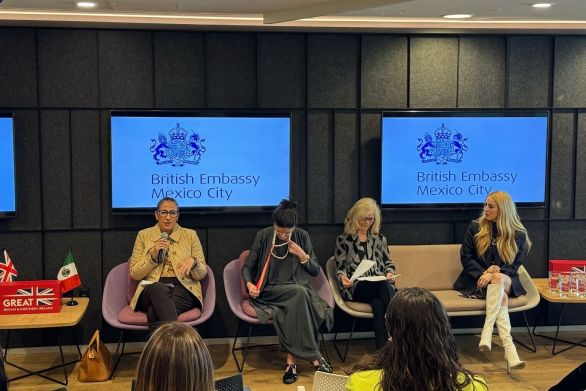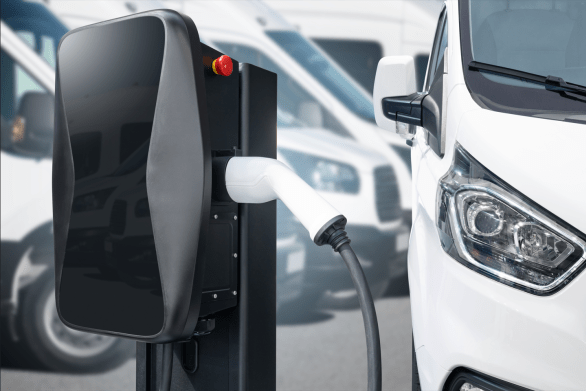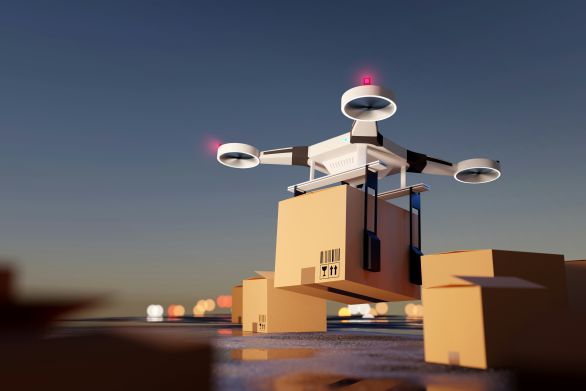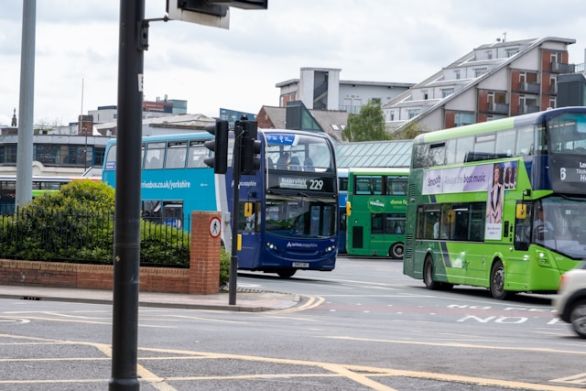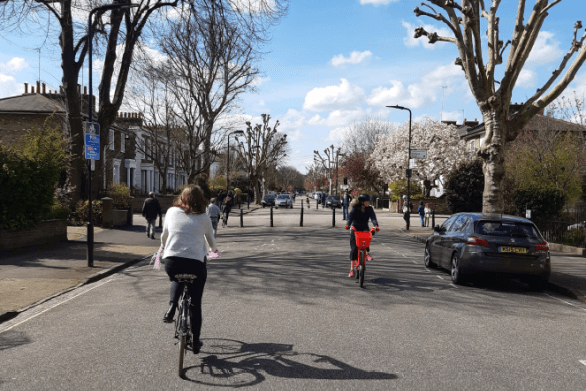With the 2030 Climate Target Plan, the European Commission has proposed to raise the EU's ambition to reduce greenhouse gas emissions to at least 55% below 1990 levels by 2030.
In 2017, road transport contributed to 21% of the EU's total emissions of carbon dioxide (CO2). [1] Heavy-duty vehicles – trucks and buses – are responsible for about a quarter of the emissions from road transport in the EU and some 5% of total EU emissions.
For that reason, the introduction of new low-carbon technologies in public transport represents a crucial solution to combat climate change. Zero-emission buses have been gradually growing in the urban bus market: in 2021, in Europe, the zero-emission bus fleet added up to 8,369 battery-electric buses (BEB), an increase of 48% compared to 2020, and 259 hydrogen buses (FCEB), still a very small share of the global stock of buses, growing by 2366% than the previous year. Overall we are observing a significant and stable growth registered in the past five years (CAGR of the global BEB fleet in the last five years, period 2017-2021, amounts to ca. 74%2,3).
The observed increase has been mainly driven by non-coordinated actions nowadays, governments are called to play a key role in setting clear and committed public transport policies, programs and funding opportunities to allow the industry to prepare for the transition to ZEB, and that's what's happening.
New policies are suddenly making the role of local public bodies and public transport operators (PTOs) central to the process to deploy zero-emission buses in the short-medium term, with particular regard to the Next Generation EU plan, which is providing financial support to all member states to recover from the adverse effects of the COVID-19 pandemic. This sudden acceleration may not fit the typical long response-time of the stakeholders as mentioned earlier. As a result of this situation, the decision-making process may, in some cases, be dictated by schizophrenic approaches and political slogans leading to wrong models. An example may be found in Montpellier, where the City recently cancelled an order to deploy 50 hydrogen buses between 2023 and 2025, after realising electric ones are much cheaper in terms of capital and operating costs.
In addition to this point, it seems that, only because buses will be 100% funded, most public entities are focussing on the short-term opportunity to set up massive investment plans, disregarding the economic impact linked to potential higher operating costs for public transport and the related possible effects on current public service contracts. It's also for this reason that Steer is currently solicited in advising public and private sector clients across the world in the implementation of battery electric (BEB) and hydrogen fuel cell (FCEB) buses and their related production and fuelling infrastructures. In this context, the first and most recurring question that clients have been asking us is: Electric and Hydrogen Buses, who will win? Let's start by saying that the considerations are many and include numerous multidisciplinary topics which need more detailed analysis but the following key points, collected in the field in recent years, maybe useful to provide some guidelines:
- Economic attractiveness – The calculation of the TCO (Total Cost of Ownership), which considers both investment and operating costs for vehicles and infrastructures, shows us that fuel cell buses are generally twice as more expensive as battery-electric ones. However, cost parity is likely to be achieved between 2025 and 2030 due to a scale-up in the manufacturing of FCEB components and, especially, the hydrogen value chain.
- Cost development – The reduction of the cost of green hydrogen presents the biggest challenge for the deployment of FCEBs on a large scale. For this reason, local governments, rather than only concentrating on providing public funding to the operators, need to start focussing on projects that aim at centralising hydrogen production and distribution in a coordinated way in a few large plants for several users: this would allow for economies of scale, lower fuel prices and better bankability of investments. An example is the Italian Project "H2ise", which aims at introducing a fleet of fuel cell trains (first phase), integrating it with fuel cell buses for local public transport (second phase) and with the possibility of further opening to the use by freight and/or private logistics operators (third phase);
- Range and refuelling time - Advantages of hydrogen buses, when compared to battery electric vehicles, include shorter refuelling times (7 minutes vs 4 hours) and a larger range which makes them more suitable for long-range urban transportation (> 450 km daily). It means that, from an operations point of view, FCEB are more comparable to ICE[3] buses and, consequently, deployable by public transport operators on a 1-to-1 basis;
- Overall process efficiency – When talking about green hydrogen, which is produced through electrolysis using electricity from renewable sources, the overall efficiency of the process from the fuel production to the operation of the bus (grid-to-wheel) adds up to 25-30%, compared to battery-electric buses which show an overall efficiency almost three times as high (70-75%). This means that, with the current technology, the only way to operate hydrogen buses in an economically sustainable way is to have a cheap and abundant renewable power source for the fuel production and compression processes;
- Manufacturing capability – given what the FCEB market is offering, there are currently some concerns related to the capability of manufacturers (when compared to BEB, we have seen how the number of manufacturers is pretty limited) to respond to sudden peaks in demand for vehicles that may rise in the short term. This could lead to significant delays in implementing FCEBs by public transport operators and consequently slow down the transition to a zero emission scenario. Moreover, this might threaten the securing of public funding, which appears to be currently concentrated on very tight timescales.
That said, and based on what we have empirically observed on the field, we would rephrase the crucial question; Electric and Hydrogen Buses, which is the best option for the specific local context?
Despite the vast majority of local public entities and transport operators are in a hurry to drive the shift to zero- and low-emission buses, we suggest taking a moment to undertake pre-feasibility studies to assess the technology solution (BEB or FCEB) that can be more suitable for the specific context. This exercise should encompass some actions as listed below:
- Explore potential synergies with local stakeholders (such as energy companies and industries);
- Identify regulatory and economic-financial constraints;
- Evaluate application areas for zero-emission buses;
- Assess technological constraints;
- Define operational aspects and identify the optimal solution for the specific context;
- Implement a business case and assess the potential impact on the public service contract.

